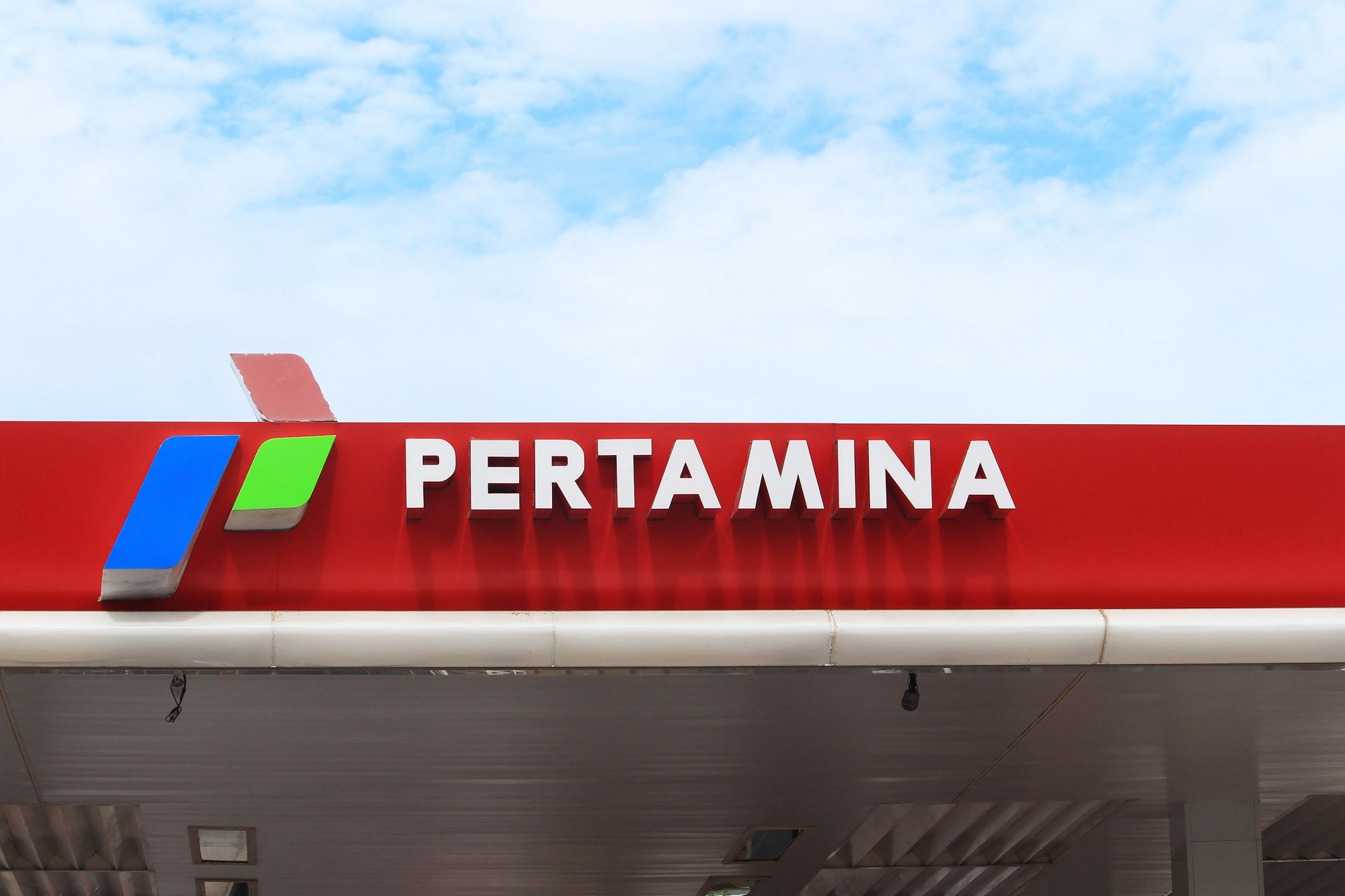
Indonesian government-backed oil and gas company Pertamina has signed multiple agreements aimed at reducing carbon emissions.
Pertamina signed the agreements on the sidelines of the Indonesia Petroleum Association conference.
The agreements were signed with Mubadala Energy, POSCO International, Japan Petroleum Exploration Company (Japex), and Japan Organization for Metals and Energy Security (Jogmec)
Under the alliance, the companies aim to collaborate on research, development, and implementation of low-carbon product technologies and their deployment in Indonesia.
Specifically, the collaboration will focus on Carbon Capture and Storage/Carbon Capture, Utilisation and Storage (CCS/CCUS), blue hydrogen/ammonia, New and Renewable Energy (NRE), and other related areas.
The Indonesian company claimed that it can store up to 400 giga tonnes of CO₂ in depleted reservoirs and saline aquifers.

US Tariffs are shifting - will you react or anticipate?
Don’t let policy changes catch you off guard. Stay proactive with real-time data and expert analysis.
By GlobalDataPertamina chief executive Nicke Widywati was quoted by Reuters as saying: “Given the urgency of the situation, we need greater vision as well as a greater commitment to innovative, inclusive, and collaborative action, and we need it now.”
Separately, South Korea’s POSCO International announced that it has signed a production-sharing contract with Pertamina’s subsidiary Pertamina Hulu Energi.
The contract is for the Bunga block located in the eastern sea of Java Island with a water depth ranging from 50m to 500m, and it is estimated to have around 1.3 billion barrels of natural gas reserves.
As per the agreement, the South Korean company will be able to explore the block for six years, which will be followed by a 30-year development and production period.



